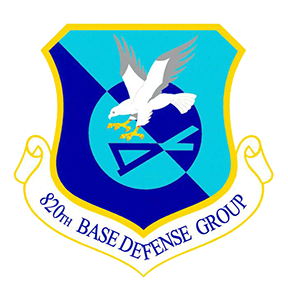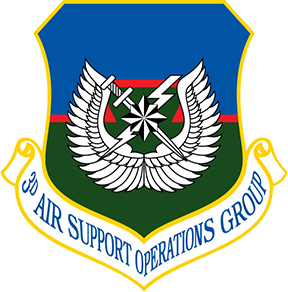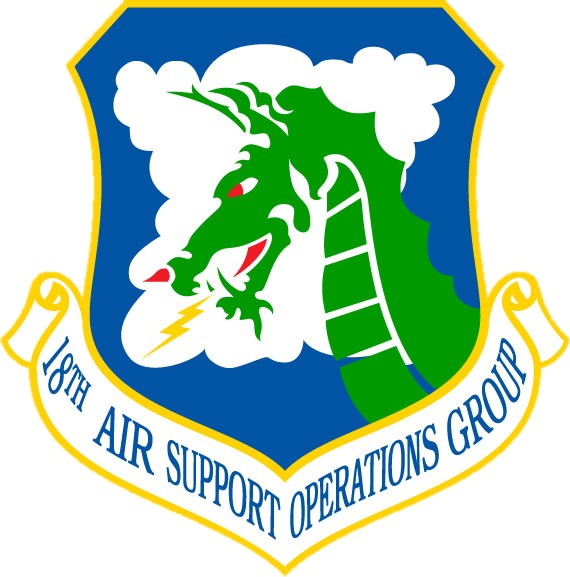 820th Base Defense Group
820th Base Defense Group
The 820th Base Defense Group, based at Moody Air Force Base, provides planning, training, equipment and preparation to its three security forces squadrons. They maintain a high operational tempo to support cyclic rotations of deployment, on-call, and reconstitution/training status. The 820th Combat Operations Squadron provides the 820th BDG the administrative structure and oversight necessary to meet continuing responsibilities of overseas contingency operations and ongoing high operations tempo at home station and overseas. They provide reach-back for deployed warfighters and support the reconstitution of redeploying squadrons. All personnel are ready to deploy at all times and maintain combat and specialty training standards.
 3d Air Support Operations Group
3d Air Support Operations Group
The 3d Air Support Operations Group (ASOG) is headquartered at Fort Hood, Texas. The 3d ASOG provides air liaison officers, joint tactical air controllers, special warfare mission support, and tactical air-control party members to the Army at four locations across the western half of the U.S. The 3d ASOG's squadrons are the 7th Air Support Operations Squadron, the 9th Air Support Operations Squadron, the 10th Air Support Operations Squadron, the 13th Air Support Operations Squadron and the 803d Operations Support Squadron. The units are spread out among the Army bases, so the Airmen can live, work and train with the soldiers they will eventually support down range.
 18th Air Support Operations Group
18th Air Support Operations Group
The 18th Air Support Operations Group (ASOG) is headquartered at Fort Bragg, North Carolina. The 18th ASOG provides air liaison officers, joint tactical air controllers, special warfare mission support, and tactical air-control party members to the Army at four locations across the eastern half of the U.S. The 18th ASOG's squadrons are the 14th Air Support Operations Squadron, the 15th Air Support Operations Squadron, the 19th Air Support Operations Squadron, the 20th Air Support Operations Squadron, and the 818th Operations Support Squadron. The units are spread out among the Army bases, so the Airmen can live, work and train with the soldiers they will eventually support down range.
 5th Combat Weather Group
5th Combat Weather Group
The 5th Combat Weather Group is headquartered at Fort Bragg, North Carolina. Since 1947, the Air Force has provided meteorological services to the Army in support of their operations. 5th CWG members are trained to Army standards as well as Air Force standards to ensure they can operate proficiently in field environments. The 5th CWG provides weather support from the Army Service Component Command all the way down through the Division, Brigade and Battalion levels, in addition to aviation brigades throughout the continental United States. The 5th CWG is present and providing meteorological capabilities at 19 Army locations. The group provides critical environmental information needed by the joint force to conduct operations.